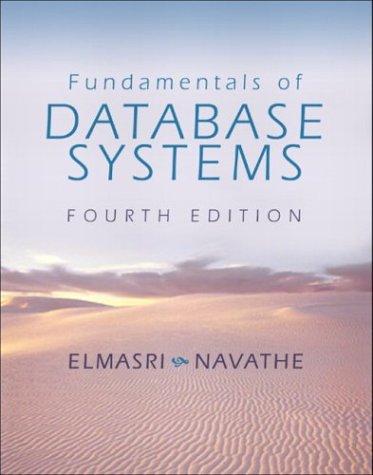Answered step by step
Verified Expert Solution
Question
1 Approved Answer
question # 6 : invert ( d ) Given a Using concepts which you were specifically told not to use - 1 0 0 %
question #: invert d
Given a Using concepts which you were specifically told not to use
Use of global variables, break or continue statements in loops while these statements are useful to provide multiple exit points in loops, they are highly abused when starting to program instead of defining a meaningful continuation condition. None of the problems in this course involve complex exit points, hence, their use is prohibited in all components of this coursedictionary create a new dictionary that is the invert of such that original key:value
pairs : are now related : but when there are nonunique values js in they should not be
included as a key:value pair in the inverted dictionary. Keys are case sensitive It returns the new
inverted dictionary.
Preconditions and Postconditions
d: dict
Returns: dict Inverted dictionary mapping value to key, excluding
nonunique values
You are NOT allowed to use the zip or enumerate methods. You will not get credit if you
used them in your code, even if your code passed the test cases.
Examples:
invertone: 'two': 'uno': 'dos': 'three':
: 'three'
invertone: 'two': 'three': 'four':

Step by Step Solution
There are 3 Steps involved in it
Step: 1

Get Instant Access to Expert-Tailored Solutions
See step-by-step solutions with expert insights and AI powered tools for academic success
Step: 2

Step: 3

Ace Your Homework with AI
Get the answers you need in no time with our AI-driven, step-by-step assistance
Get Started


